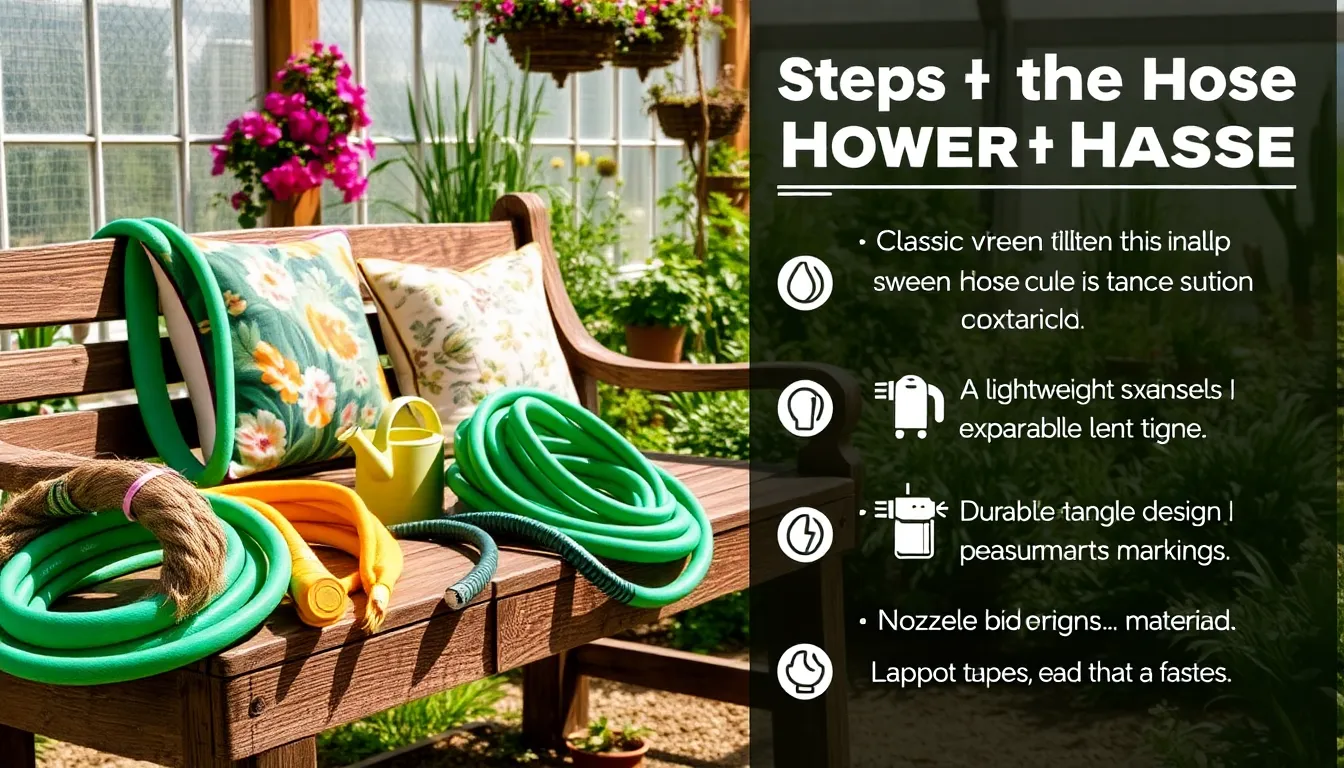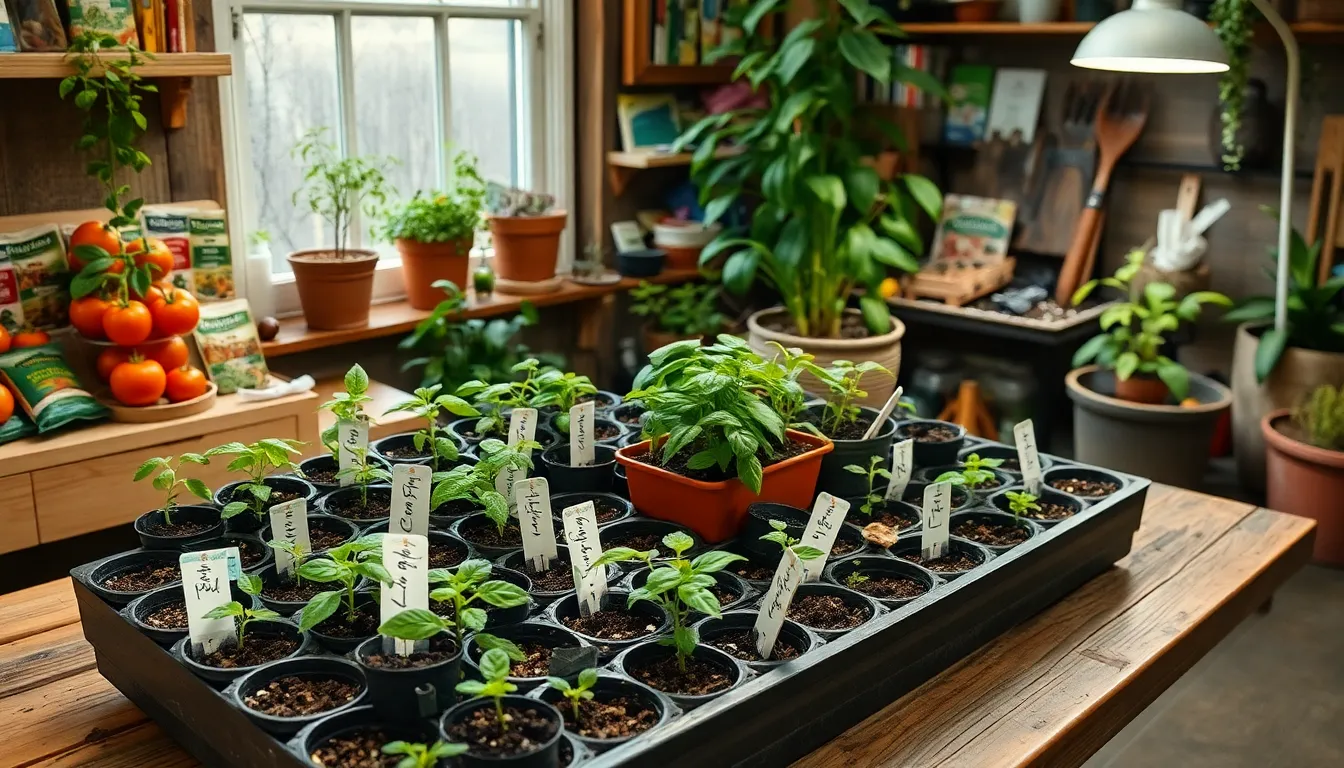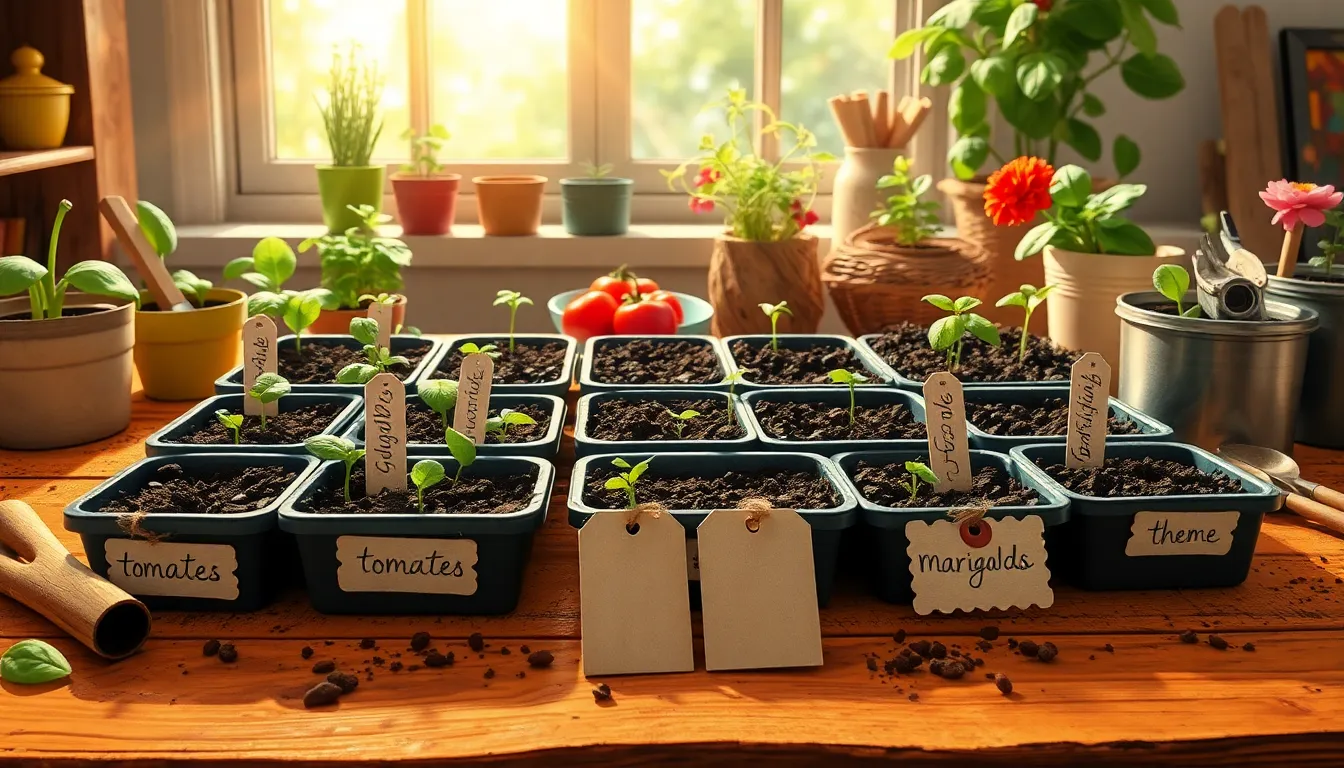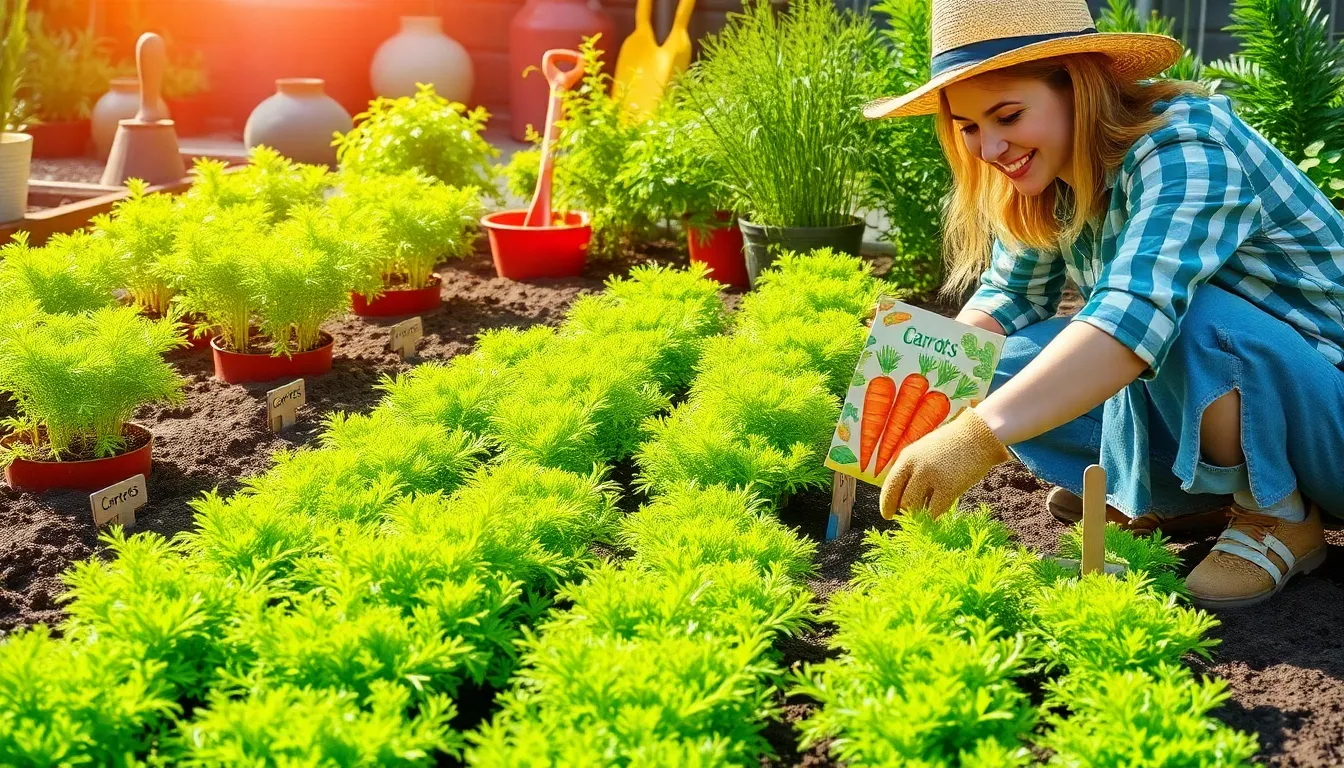In the world of gardening, where each tool plays a pivotal role in nurturing life, the garden hose stands as an unsung hero. Whether you’re a novice gardener embarking on your first green adventure or a seasoned pro with calloused hands and a wealth of experience, choosing the right garden hose can transform your gardening experience from a chore into a cherished ritual.
A well-chosen hose is more than just a conduit for water; it’s an extension of your care and commitment to your plants. In this article, you’ll discover how to select a garden hose that meets your specific needs, ensuring your plants receive the nourishment they deserve while you enjoy the process.
We’ll explore various factors such as material, length, and flexibility, demystifying the options available to tailor your choice to your garden’s unique demands. By the end of this guide, you’ll be equipped with the knowledge and confidence to make an informed decision, ensuring your garden flourishes under your attentive care.
Assess Your Garden’s Size
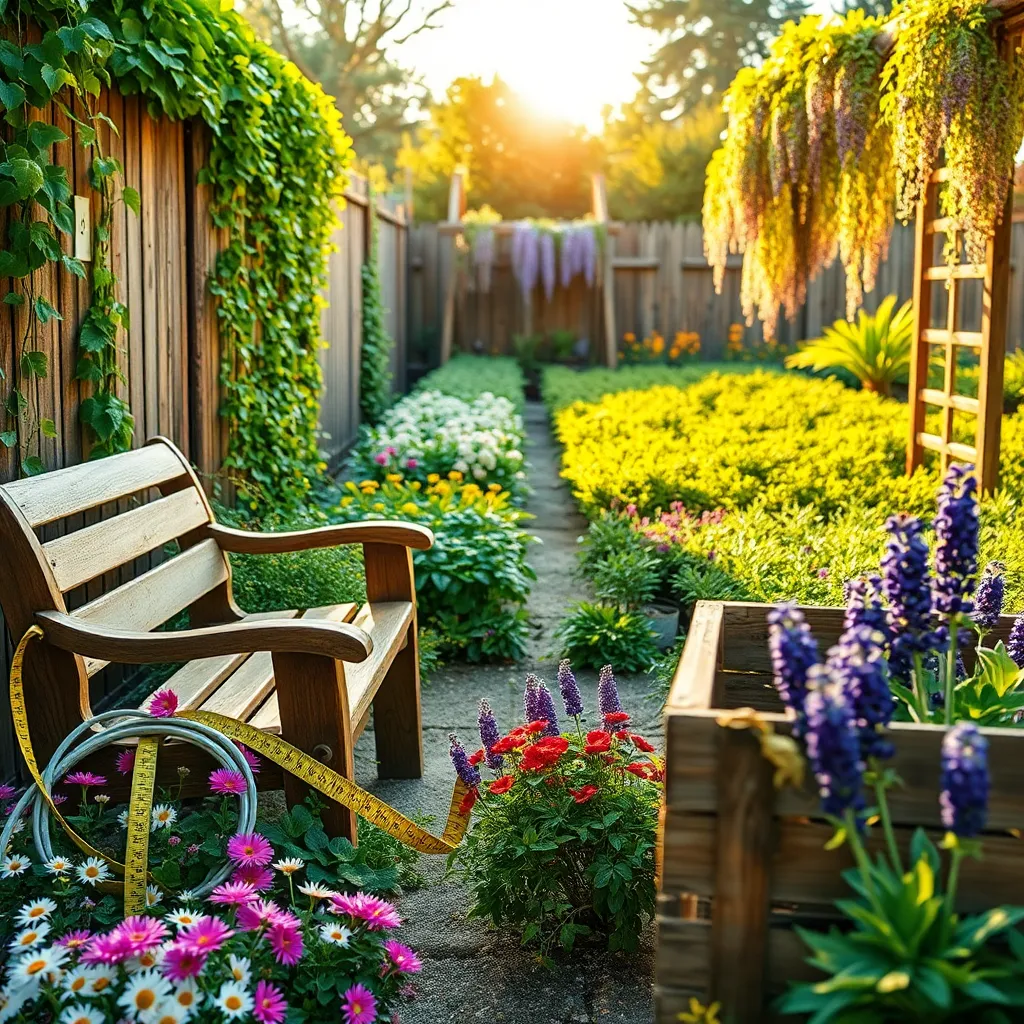
Before selecting the right garden hose, it’s crucial to assess the size of your garden. Begin by measuring the length and width of the area you plan to water, as this will help determine the hose length you’ll need.
Consider the layout of your garden and the location of your water source. A garden with intricate paths or multiple sections may require a longer hose or even a hose reel for easy maneuverability.
For larger gardens, investing in a longer hose or multiple hoses may be necessary to ensure all areas receive adequate water. Additionally, if your garden has sloped areas, a hose with a durable, kink-resistant material will make watering more manageable.
Advanced gardeners might consider installing quick-connect fittings to easily switch between hoses or watering tools. This setup can save time and reduce water waste, allowing you to focus more on plant care.
Determine Water Pressure Needs
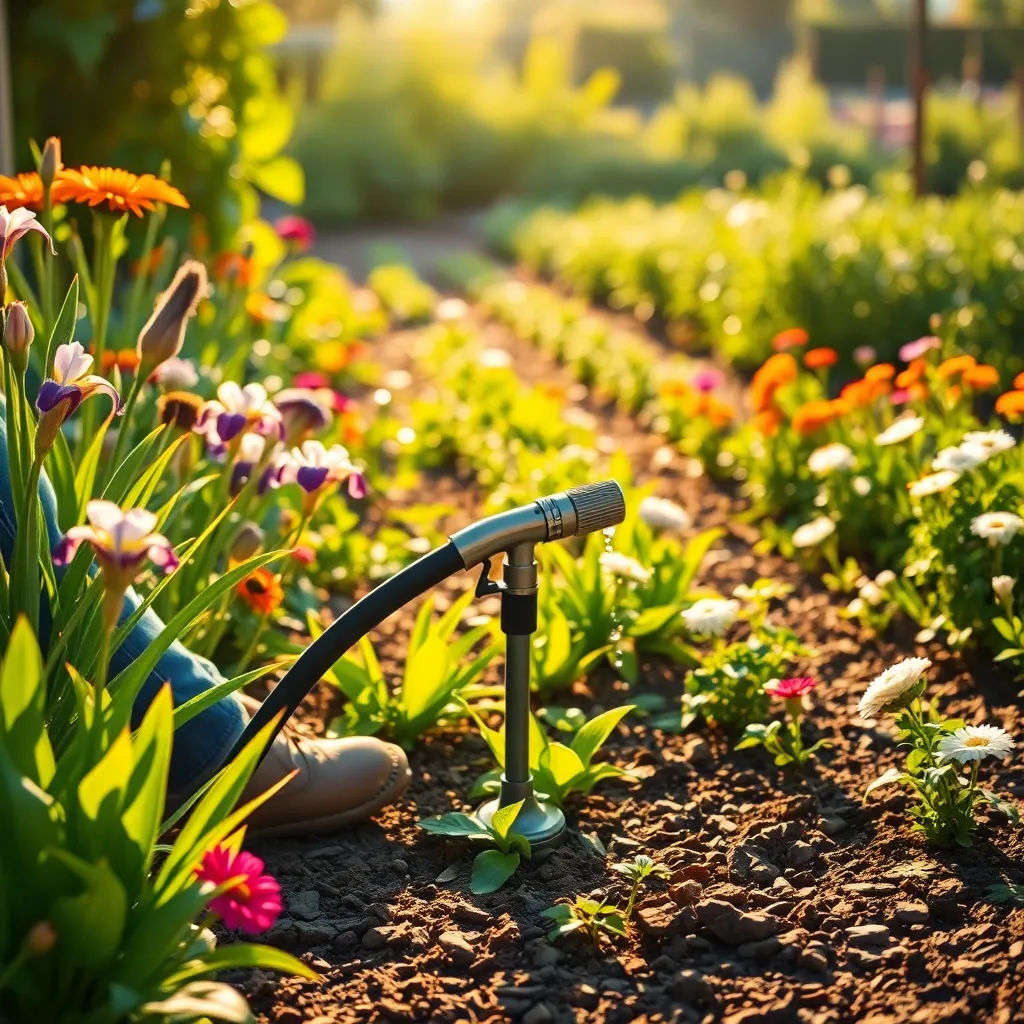
Understanding your water pressure needs is crucial when selecting the right garden hose. It ensures that your plants receive the right amount of water without wastage or damage. Begin by checking the water pressure available at your outdoor tap, which can be measured using a simple pressure gauge. Attach the gauge to your faucet and turn the water on fully to get an accurate reading.
The ideal water pressure for garden hoses typically ranges between 40 to 60 PSI (pounds per square inch). If your pressure is significantly higher, consider installing a pressure regulator to prevent wear and tear on your hose and irrigation system. Conversely, if the pressure is too low, a wider diameter hose might help improve flow rate, ensuring efficient watering.
Choosing the right hose diameter is an essential part of managing water pressure effectively. Most residential garden hoses come in diameters of 1/2 inch, 5/8 inch, and 3/4 inch, with the latter being ideal for high-volume watering tasks. For small gardens or delicate plants requiring gentle watering, a 1/2-inch hose offers sufficient pressure without overwhelming the plants.
Incorporate nozzle attachments to further control water pressure and flow. Adjustable nozzles allow you to switch between a gentle mist for seedlings and a strong jet for cleaning tasks. Make sure to regularly check and maintain your nozzles and hose connections to prevent leaks and maintain consistent water delivery.
Select Hose Material Type
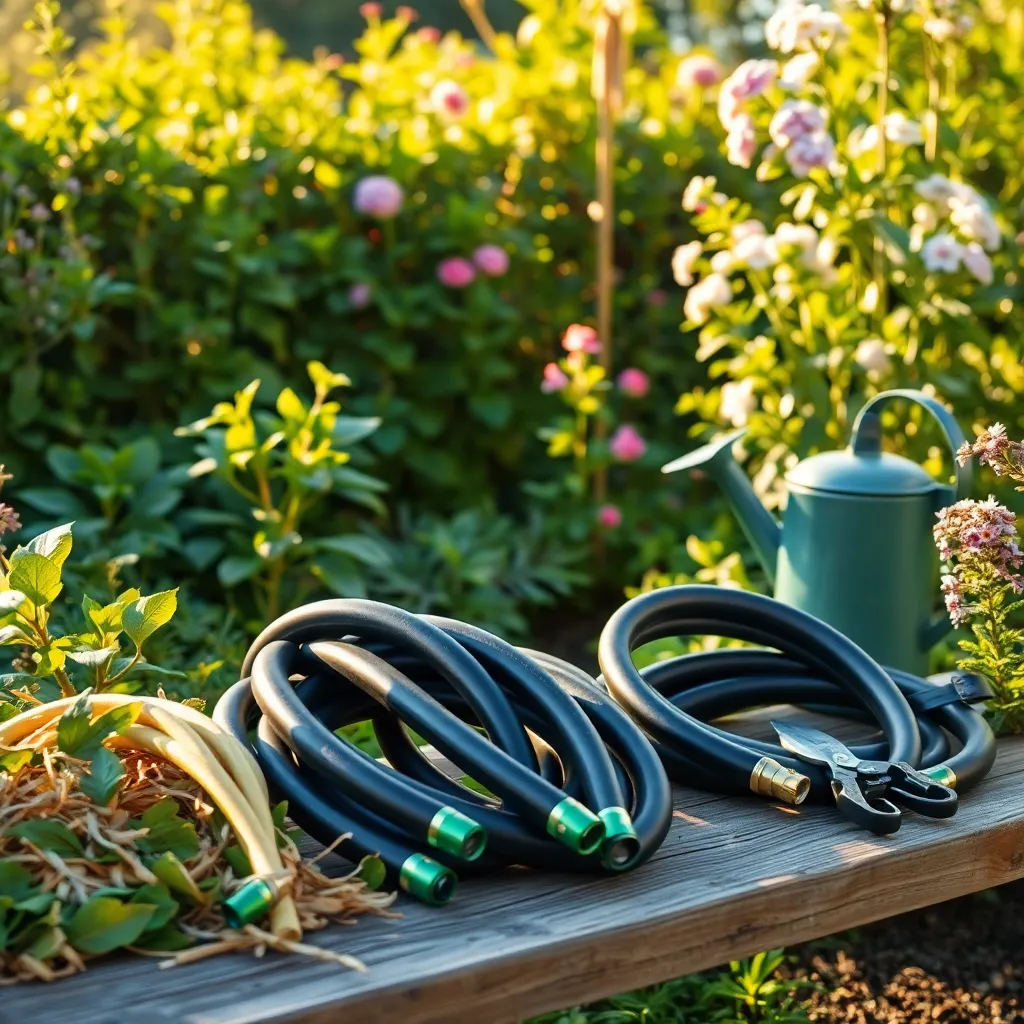
Choosing the right hose material is crucial for ensuring durability and ease of use in your garden. While there are various options available, the most common materials include rubber, vinyl, and reinforced hoses, each with distinct advantages.
Rubber hoses are highly durable and flexible, making them an excellent choice for frequent use. They are more resistant to kinks and can withstand higher temperatures, which is ideal if you live in a hot climate or need a hose for year-round use.
Vinyl hoses, on the other hand, are lighter and more affordable, making them a good option for occasional watering tasks. However, they may not be as durable as rubber hoses and can be prone to kinking and cracking if exposed to extreme weather conditions.
For those looking for a balance between durability and cost, reinforced hoses are a great middle ground. These hoses are typically made of vinyl but are reinforced with a mesh lining, offering better resistance to pressure and wear, thus enhancing their longevity.
When selecting a hose material, consider the specific needs of your garden, such as size, water pressure, and frequency of use. A well-chosen hose can significantly ease your gardening tasks and improve the health of your plants by ensuring consistent and efficient watering.
Additionally, investing in high-quality hose fittings and nozzles can further enhance your watering efficiency. Look for fittings that are corrosion-resistant and fit securely to prevent leaks, ensuring that your plants receive the right amount of water every time.
Choose Appropriate Hose Length
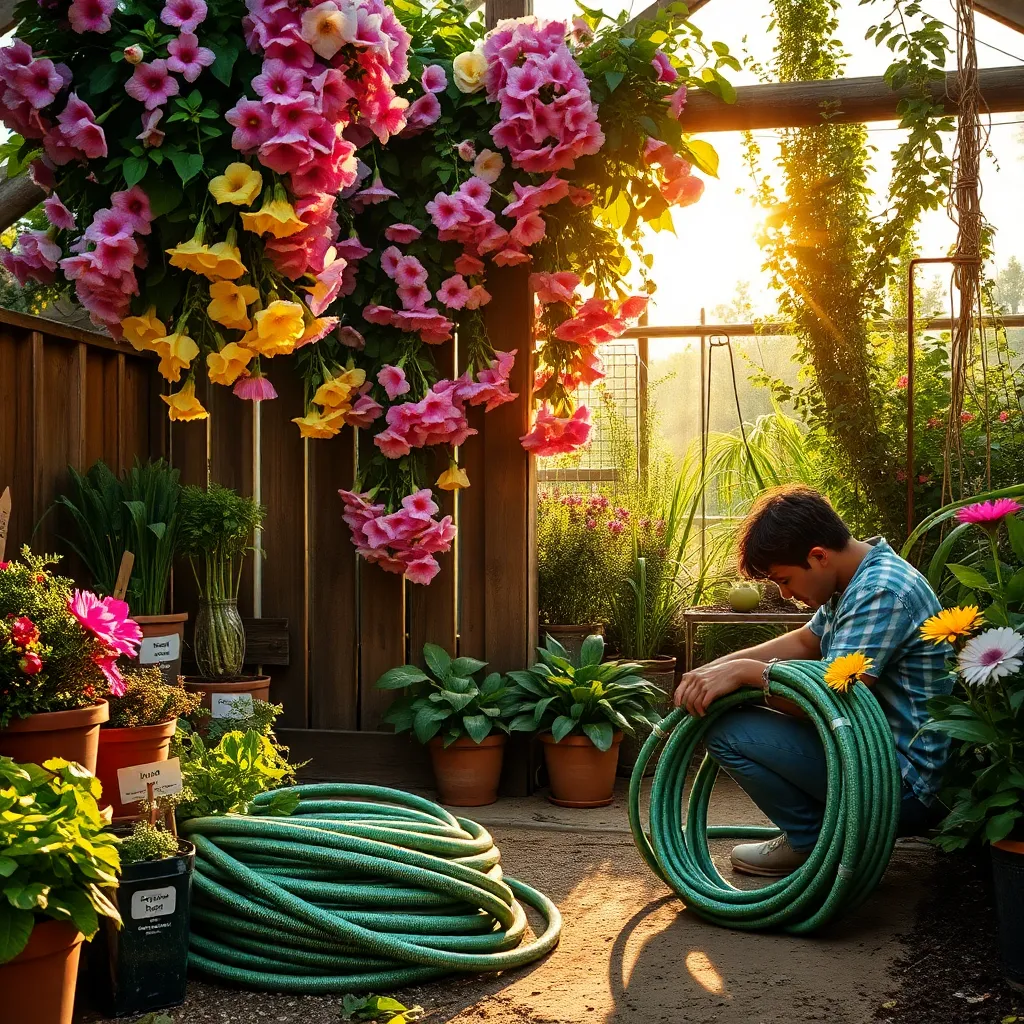
Choosing the right hose length is crucial for efficient watering in your garden. Measure the farthest distance from your water source to where you plan to use the hose, ensuring you cover all areas without stretching the hose excessively.
It’s wise to add a few extra feet to your measurement to allow for maneuverability around corners and obstacles. This ensures ease of use and prevents unnecessary strain on the hose, which can lead to damage over time.
Opt for a hose length that balances convenience with manageability. While longer hoses can reach more areas, they can be heavier and harder to coil, so consider your storage space and physical capacity when deciding.
For larger gardens, consider combining hoses with quick-connect fittings to extend reach without compromising flexibility. This approach allows you to customize your setup, providing coverage without the downsides of unwieldy single-length hoses.
Consider Hose Fitting Options
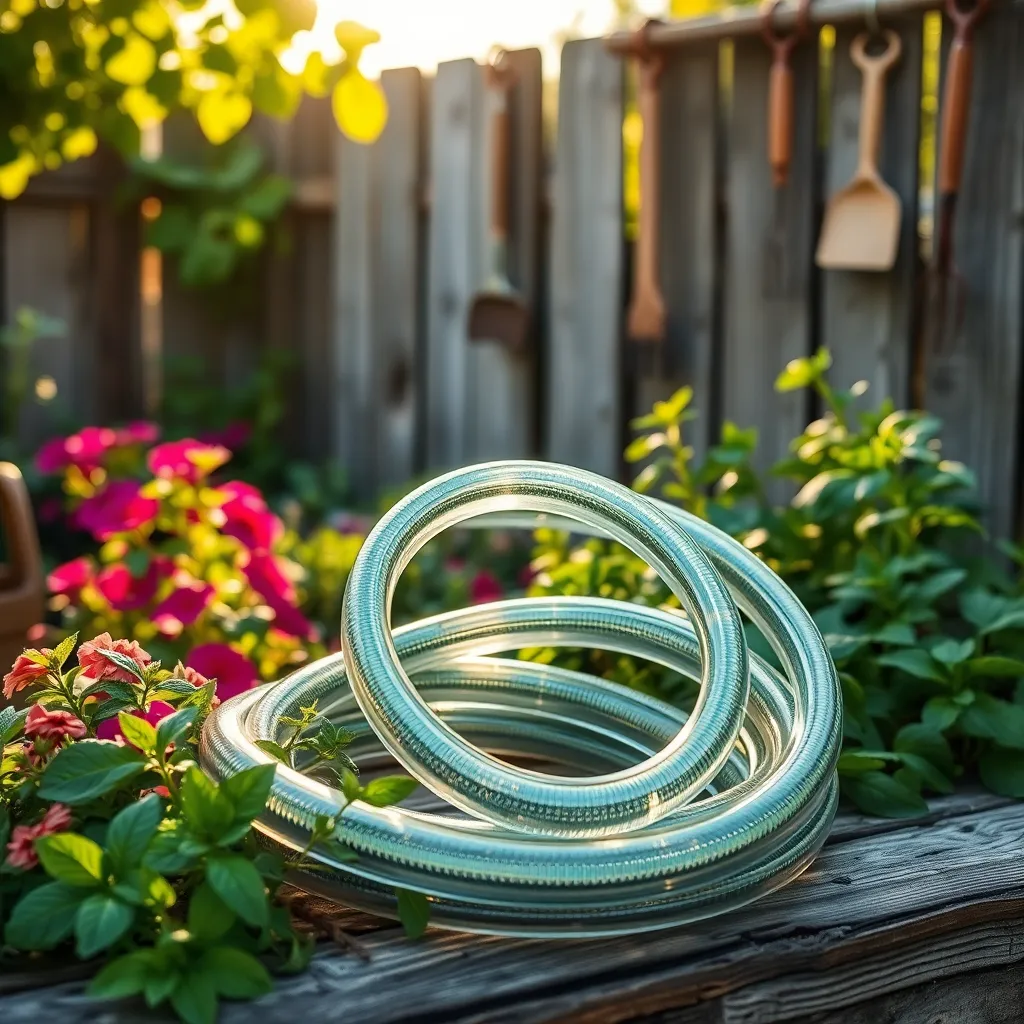
When selecting hose fittings, it’s crucial to consider the compatibility with your existing watering setup. Check the diameter of your garden hose to ensure a snug fit with the connectors, as this prevents leaks and ensures efficient water flow.
Opt for fittings made from durable materials like brass or stainless steel, which offer longevity and resistance to weather conditions. Plastic fittings can be a cost-effective choice, but they may not withstand frequent use or harsh conditions as well as metal options.
For gardeners with a large area to cover, quick-connect fittings can save time and effort by allowing you to switch tools swiftly without unscrewing the hose. Investing in high-quality quick-connect systems ensures a secure connection, reducing the risk of disconnections during use.
Consider the ease of use when choosing hose fittings; ergonomic designs can make connecting and disconnecting hoses less of a chore. Look for fittings with easy-to-grip shapes, especially if you frequently change attachments in your gardening routine.
Conclusion: Growing Success with These Plants
In nurturing the garden of your relationship, choosing the right garden hose is akin to understanding the essential elements that keep connections thriving. We explored five pivotal concepts: the importance of compatibility in choosing tools that suit both partners’ needs, the significance of communication in determining the right length to reach every corner of your relationship, and the necessity of flexibility, much like hose material that can withstand the pressures of life. We also delved into the durability required to weather storms together and the importance of proper storage, akin to maintaining emotional reserves for future challenges.
To take immediate action, consider discussing with your partner which areas of your relationship could use a little more attention and how you can support each other in those needs. Bookmark this article to revisit these insights and continue nurturing your partnership with these guiding principles.
Remember, a flourishing relationship, much like a beautiful garden, requires ongoing care and commitment. By applying these concepts, you are laying the groundwork for a resilient and vibrant connection. Empower your relationship today, and look forward to the blossoming success that comes from mindful and intentional partnership.

